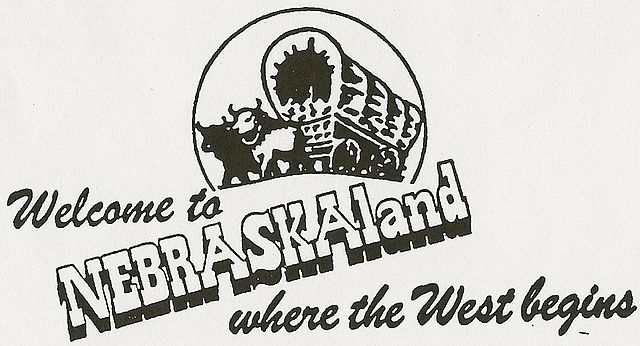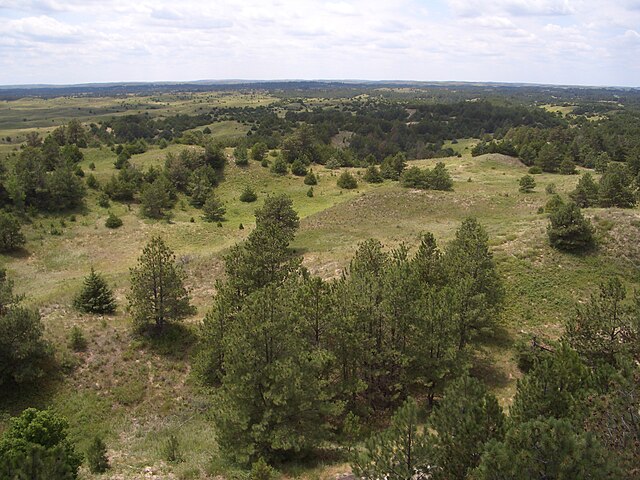The Territory of Nebraska was an organized incorporated territory of the United States that existed from May 30, 1854, until March 1, 1867, when the final extent of the territory was admitted to the Union as the state of Nebraska. The Nebraska Territory was created by the Kansas–Nebraska Act of 1854. The territorial capital was Omaha. The territory encompassed areas of what is today Nebraska, Wyoming, South Dakota, North Dakota, Colorado, and Montana.
William Walker (1800–1874), a leader of the Wyandot people and a prominent citizen of early-day Kansas. Elected provisional Governor of the Nebraska Territory July 23,1853.
$1 City of Omaha 1857 uniface banknote. The note is signed by Jesse Lowe in his function as Mayor of Omaha City. It was issued as scrip in 1857 to help fund the erection of the territorial capitol building at Omaha.
The front page of the December 6, 1854 issue of the Nebraska Palladium, the first newspaper to be published in the Nebraska Territory
The front page of the May 4, 1857 issue of the Nebraska Advertiser founded by Robert Wilkinson Furnas, in Brownville, Nebraska Territory
Nebraska is a triply landlocked state in the Midwestern region of the United States. It borders South Dakota to the north; Iowa to the east and Missouri to the southeast, both across the Missouri River; Kansas to the south; Colorado to the southwest; and Wyoming to the west. Nebraska is the 16th largest state by land area, with just over 77,220 square miles (200,000 km2). With a population of over 1.9 million, it is the 37th most populous state and the 7th least densely populated. Its capital is Lincoln, and its most populous city is Omaha, which is on the Missouri River. Nebraska was admitted into the United States in 1867, two years after the end of the American Civil War. The Nebraska Legislature is unlike any other American legislature in that it is unicameral, and its members are elected without any official reference to political party affiliation.
Nebraska
Homesteaders in central Nebraska in 1888
Nebraska National Forest
Winter at Scotts Bluff National Monument








